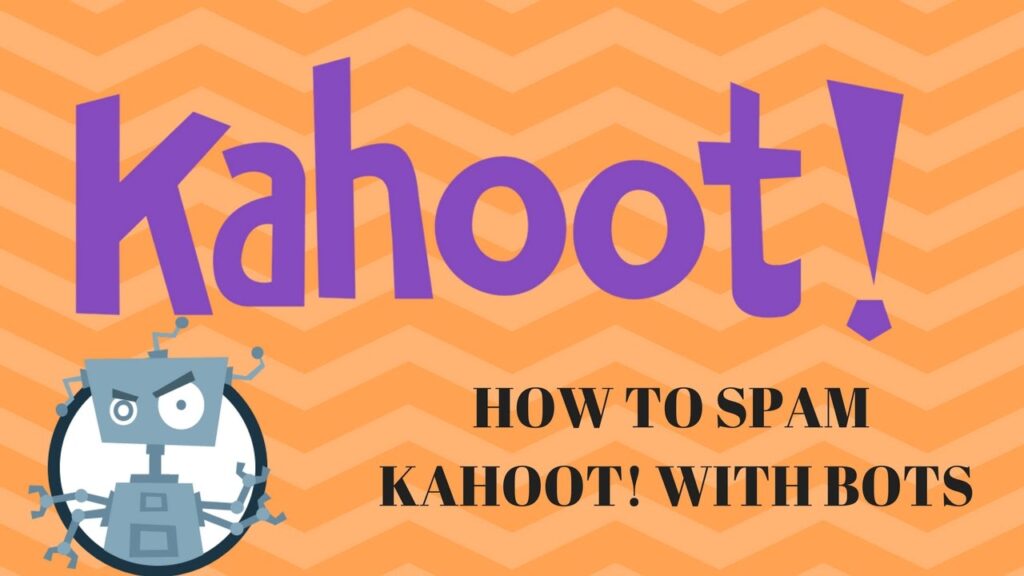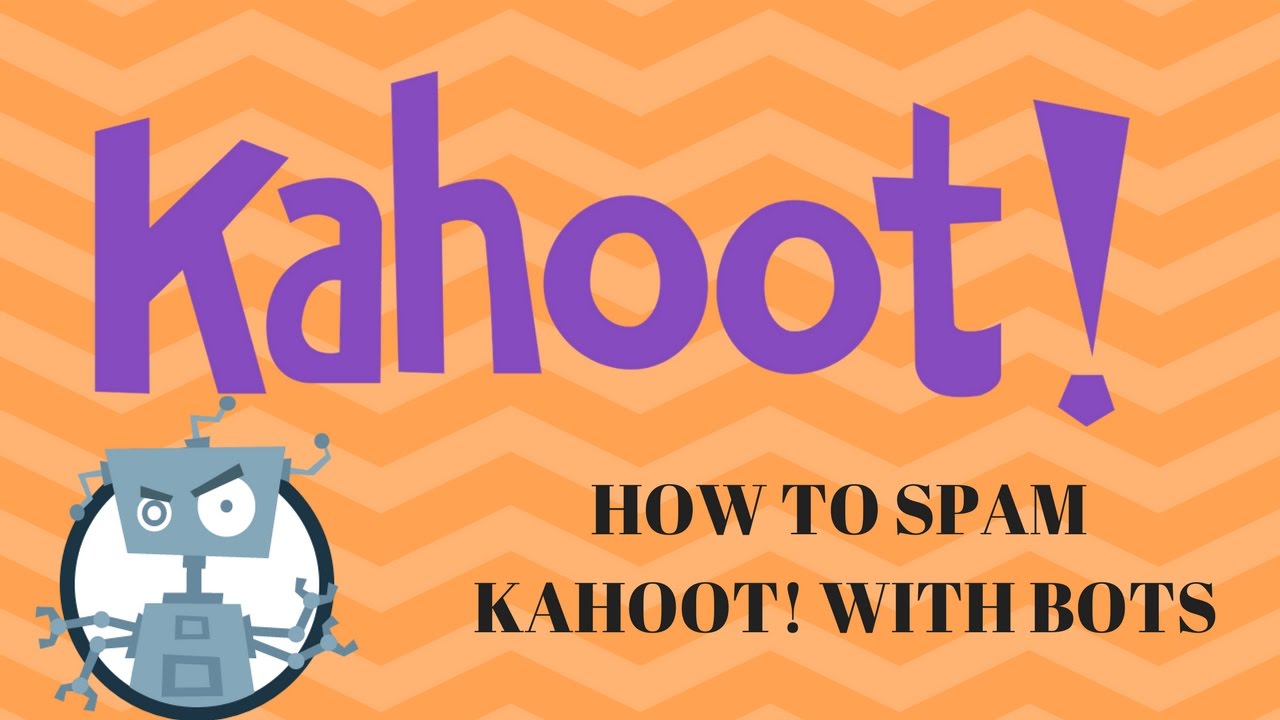
Kahoot Bots: Understanding Their Impact and How to Manage Them
Kahoot! has become a ubiquitous tool in classrooms and training environments worldwide. Its engaging, game-based learning platform makes education interactive and fun. However, like any popular online platform, Kahoot! is not immune to abuse. One common issue that educators and trainers face is the presence of Kahoot bots. These automated players can disrupt sessions, skew results, and diminish the overall learning experience. This article delves into what Kahoot bots are, their impact, and effective strategies to manage and mitigate their presence.
What are Kahoot Bots?
Kahoot bots are automated programs designed to join and participate in Kahoot! games. Unlike human players, these bots are controlled by scripts and can enter a game en masse, often using nonsensical or disruptive names. The primary purpose of these bots ranges from simple pranks to more malicious attempts to sabotage the learning environment.
These bots can be created using various online tools and scripts. Typically, a user inputs the game PIN, the desired number of bots, and sometimes, the names or patterns for the bot names. The script then automates the process of joining the game with multiple instances, flooding the player list with bot accounts.
The Impact of Kahoot Bots
The presence of Kahoot bots can have several negative consequences:
- Disruption of Gameplay: Bots can flood the game, making it difficult for legitimate players to join or even see the questions properly.
- Skewed Results: By rapidly answering questions, bots can significantly alter the leaderboard, making it inaccurate and undermining the competitive aspect of the game.
- Distraction and Frustration: The nonsensical names and rapid actions of bots can distract players and educators, leading to frustration and a diminished learning experience.
- Compromised Data: While less common, sophisticated bots could potentially be used to gather data about the questions and answers, compromising the integrity of the quiz.
It’s crucial to understand the impact of these Kahoot bots to effectively address the problem and maintain the integrity of Kahoot! sessions. Educators and trainers must be proactive in implementing strategies to counter these automated players.
Strategies to Manage and Prevent Kahoot Bots
While completely eliminating Kahoot bots is challenging, several strategies can significantly reduce their impact and prevalence:
Use the Kahoot! Lobby
The Kahoot! lobby provides a crucial opportunity to screen players before the game begins. By manually checking the player list, you can identify and remove suspicious names or patterns indicative of bots. This proactive approach can prevent bots from participating in the game in the first place.
Enable Two-Step Authentication
Kahoot! offers features like two-step authentication that require players to verify their identity before joining a game. This can deter bot creators, as it adds an extra layer of complexity to the bot creation process. This feature is usually available in paid versions of Kahoot! and can be a worthwhile investment for frequent users.
Implement a Nickname Generator
Using Kahoot!’s nickname generator can help prevent bots from using predictable or offensive names. This feature assigns random nicknames to players, making it more difficult for bot creators to use recognizable patterns. While not foolproof, it adds another hurdle for bot developers.
Limit the Number of Players
If you know the expected number of participants, you can set a limit on the number of players allowed in the game. This prevents bots from flooding the session and overwhelming the legitimate players. This feature is available in the game settings and can be easily configured.
Use Team Mode
In team mode, players work together in groups. This can make it more difficult for bots to disrupt the game, as they would need to coordinate their actions. Additionally, team mode encourages collaboration and engagement, which can help to overshadow the impact of any bots that do manage to join.
Monitor the Game in Real-Time
During the game, keep an eye on the leaderboard and player activity. If you notice any suspicious activity, such as players answering questions at an impossibly fast rate or using nonsensical names, you can remove them from the game. Kahoot! allows you to remove players mid-game, providing a real-time solution to bot intrusions.
Educate Participants
Educate your participants about the impact of Kahoot bots and the importance of maintaining a fair and respectful learning environment. By fostering a sense of community and responsibility, you can discourage players from using or supporting bots. This can be done through a brief explanation before starting the Kahoot! session.
Report Bot Activity
If you encounter persistent or malicious bot activity, report it to Kahoot!’s support team. They can investigate the issue and take appropriate action against the users or scripts responsible. Reporting helps Kahoot! improve its platform and develop better defenses against bots.
Consider Alternative Platforms
While Kahoot! is a popular choice, several alternative platforms offer similar game-based learning experiences with potentially better bot mitigation features. Exploring these alternatives can provide a more secure and reliable environment for your quizzes and training sessions. Consider platforms like Quizizz or Blooket, which have their own methods of combating bot interference.
Technical Measures Against Kahoot Bots
Beyond the practical strategies mentioned above, there are also more technical measures that Kahoot! and similar platforms can implement to combat Kahoot bots:
- CAPTCHA Integration: Implementing CAPTCHA challenges during the registration or game entry process can help distinguish between human users and automated scripts.
- Rate Limiting: Limiting the number of requests a user can make within a certain timeframe can prevent bots from rapidly joining the game.
- Behavioral Analysis: Analyzing user behavior, such as mouse movements and typing patterns, can help identify bots based on their predictable and automated actions.
- IP Address Blocking: Blocking IP addresses associated with bot activity can prevent further intrusions from those sources.
- Machine Learning Algorithms: Developing machine learning algorithms to detect and flag suspicious accounts and activities can provide a more proactive and automated defense against bots.
These technical measures require ongoing monitoring and adaptation, as bot developers constantly evolve their tactics to circumvent security measures. However, they are essential for maintaining the integrity and fairness of online learning platforms.
The Future of Kahoot! and Bot Mitigation
As online learning platforms continue to evolve, so too will the methods used to create and deploy Kahoot bots. It is crucial for platforms like Kahoot! to invest in ongoing research and development to stay ahead of these threats. This includes exploring new technologies, implementing more robust security measures, and fostering a collaborative community that actively reports and addresses bot activity.
The future of Kahoot! and similar platforms depends on their ability to provide a safe, engaging, and fair learning environment for all users. By proactively addressing the issue of Kahoot bots and implementing effective mitigation strategies, these platforms can ensure that their games remain a valuable tool for education and training.
In conclusion, while Kahoot bots pose a challenge to the integrity of Kahoot! sessions, understanding their impact and implementing appropriate management strategies can significantly reduce their negative effects. By combining practical measures like using the lobby and educating participants with more technical solutions, educators and trainers can maintain a positive and engaging learning environment for everyone. The key is to remain vigilant and adapt to the evolving tactics of bot creators to ensure the continued success of game-based learning platforms.
[See also: Kahoot! Tips and Tricks for Teachers]
[See also: Best Alternatives to Kahoot! for Engaging Students]
[See also: How to Create Effective Kahoot! Quizzes]

